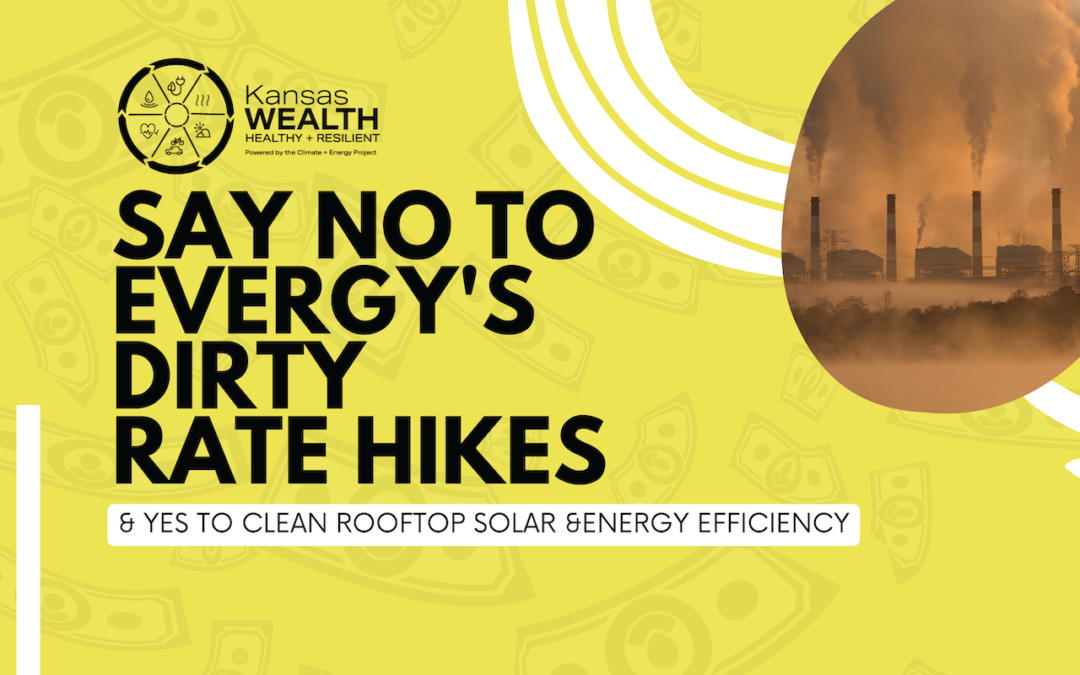Millions of people across the Midwest are confused, angry, and worried about rolling blackouts amid sub-zero temperatures. The planned outages are necessary to protect the integrity of the electric grid. How we got to this place is complicated, but the solutions are clear. Over the next couple of weeks, the CEP team will dig into the details to help you understand what went wrong and how we can protect our communities better in the future.
The Southwest Power Pool
To understand how we got to this place, we need to look closely at how electricity is generated and moves across our transmission region, called the Southwest Power Pool (SPP).
SPP Region
The SPP is a nonprofit corporation mandated by the Federal Energy Regulatory Commission (FERC) to ensure reliable supplies of power, adequate transmission infrastructure and competitive wholesale electricity prices on behalf of its members (utilities like Evergy). SPP oversees the bulk electric grid and wholesale power market in the central United States on behalf of a diverse group of utilities and transmission companies in 17 states including Kansas and part of Missouri. Member utilities generate the electricity with a variety of energy sources, and then SPP distributes the electricity across the region.


Electricity Shortage
On Valentine’s Day, SPP issued an alert telling member utilities to ask their customers to begin conserving energy in preparation for a potential shortfall of power. Even after using up their required operating reserve and importing power from other regions, SPP fell 641 MW short of the 43,661 MW of power required to meet their electricity peak on Monday. SPP then directed member utilities to implement controlled interruptions of service (rolling blackouts) shortly after noon. Thanks to these controlled interruptions, SPP was able to have enough generation available to meet demand throughout its service territory and to fully meet its minimum reserve requirements a few hours later.
What went wrong?
This shortfall was caused by a variety of generation problems due to the extreme cold. Andrew French, Chairman of the Kansas Corporation Commission (KCC) noted during Monday’s press conference with Governor Kelly, “We’re experiencing issues with wind turbines. They’re not able to produce as much power as normal due to conditions like freezing fog,” he said. “Some of our coal plants are not able to produce as much power as normal because of freezing coal stacks. The natural gas plants were also malfunctioning, causing competition among utilities for natural gas.”
Although many jumped on the anti-wind bandwagon, SPP Executive Vice President Lanny Nickel said “wind generation helped the system out this morning,” He indicated the wind turbine freezing issues they reported last week did not appear to be a significant contributor to the current issue. Additionally, he noted that the SPP’s forecast for wind power Monday was very accurate.
What we can do?
Unfortunately we won’t get a break in the weather for a few days, and Evergy has announced continued rolling blackouts throughout the day Tuesday due to another SPP system-wide generation shortfall. We can all help by lowering the thermostat a couple of degrees, putting off running the dishwasher and doing the laundry until the cold snap breaks. Check on your neighbors, and be safe Kansas.
When we’re clear of this crisis, we need to redouble our efforts to secure sound energy policies that save energy and protect our communities. We need a state energy plan that prioritizes renewable energy, energy efficiency, and distributed generation like rooftop solar with battery storage. CEP builds resilience in Kansas through equitable clean energy solutions and climate action. We’re all in to push for the solutions that work for Kansas. We hope you are, too.


